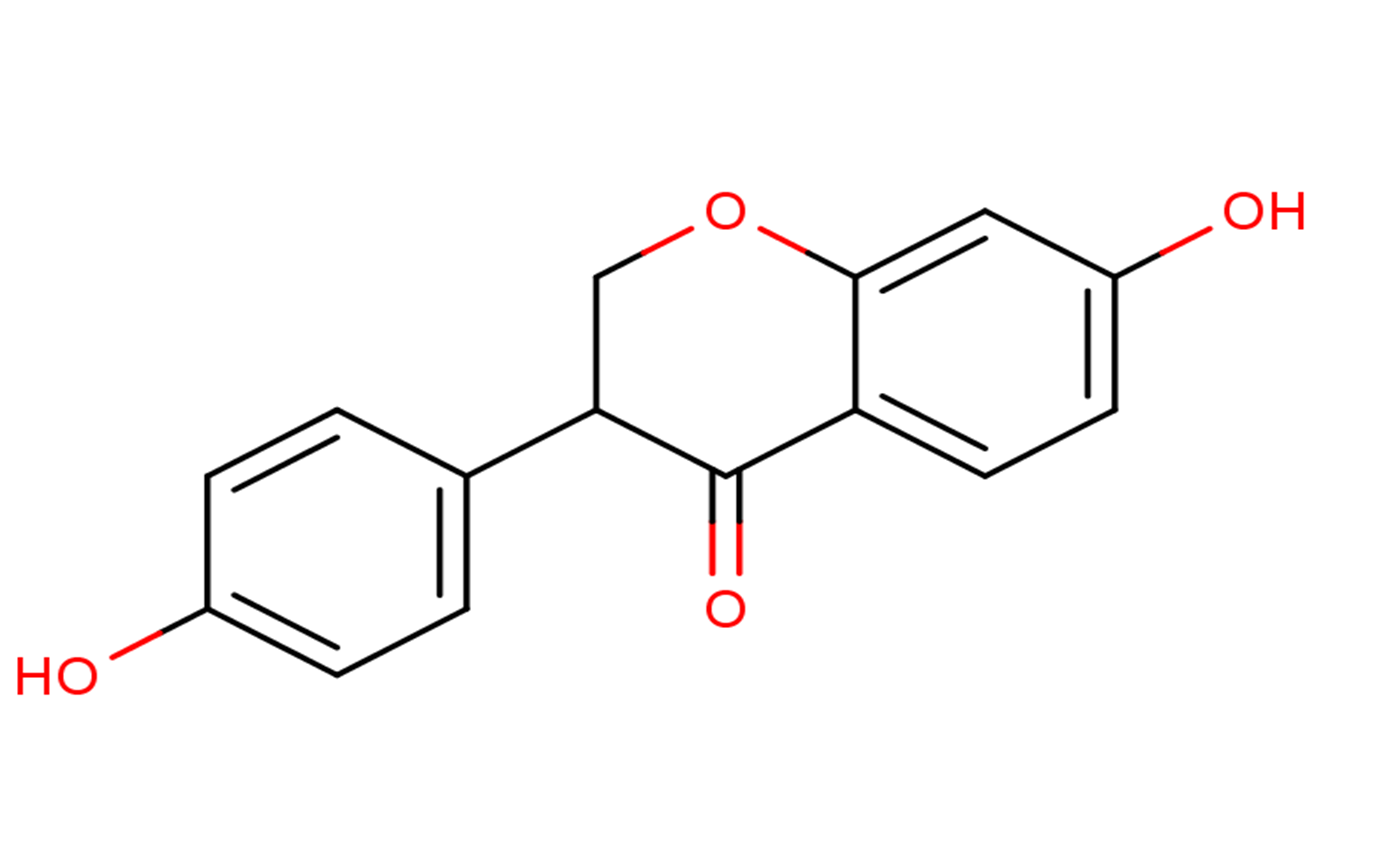
Dihydrodaidzein
CAS No. 17238-05-0
Dihydrodaidzein ( (±)-Dihydrodaidzein )
产品货号. M23777 CAS No. 17238-05-0
Dihydrodaidzein-producing bacteria might lead to clarification of some of the mechanisms regulating the production of equol by fecal microbiota.
纯度: >98% (HPLC)
 COA
COA
 Datasheet
Datasheet
 HNMR
HNMR
 HPLC
HPLC
 MSDS
MSDS
 Handing Instructions
Handing Instructions
| 规格 | 价格/人民币 | 库存 | 数量 |
| 5MG | ¥664 | 有现货 |


|
| 100MG | 获取报价 | 有现货 |


|
| 200MG | 获取报价 | 有现货 |


|
| 500MG | 获取报价 | 有现货 |


|
| 1G | 获取报价 | 有现货 |


|
生物学信息
-
产品名称Dihydrodaidzein
-
注意事项本公司产品仅用于科研实验,不得用于人体或动物的临床与诊断
-
产品简述Dihydrodaidzein-producing bacteria might lead to clarification of some of the mechanisms regulating the production of equol by fecal microbiota.
-
产品描述Dihydrodaidzein-producing bacteria might lead to clarification of some of the mechanisms regulating the production of equol by fecal microbiota.
-
同义词(±)-Dihydrodaidzein
-
通路Proteasome/Ubiquitin
-
靶点Endogenous Metabolite
-
受体Endogenous Metabolite
-
研究领域——
-
适应症——
化学信息
-
CAS Number17238-05-0
-
分子量256.3
-
分子式C15H12O4
-
纯度>98% (HPLC)
-
溶解度DMSO:100 mg/mL?(390.24 mM;?Need ultrasonic)
-
SMILESO=C1C(C2=CC=C(O)C=C2)COC3=CC(O)=CC=C13
-
化学全称——
运输与储存
-
储存条件(-20℃)
-
运输条件With Ice Pack
-
稳定性≥ 2 years
参考文献
1.Dihydrodaidzein-producing Clostridium-like intestinal bacterium, strain TM-40, affects in vitro metabolism of daidzein by fecal microbiota of human male equol producer and non-producers.Biosci Microflora. 2011;30(3):65-71.
产品手册



关联产品
-
DL-Homocysteine
DL-Homocysteine is a potential marker for tumor cell growth. increased plasma homocysteine is a risk factor for coronary heart disease and carcinogenesis.
-
Alloepipregnanolone
Alloepipregnanolone is a pregnane with anesthetic hypnotic and sedative properties.
-
(3-Carboxypropyl)tri...
(3-Carboxypropyl)trimethylammonium chloride is a synthetic carnitine related compound used as a transporter substrate in the cloning and sequencing of human carnitine transporter 2 (CT2).



 021-51111890
021-51111890 购物车()
购物车()
 sales@molnova.cn
sales@molnova.cn







